The Smartphone Price Wars Have Begun with the Poco F1
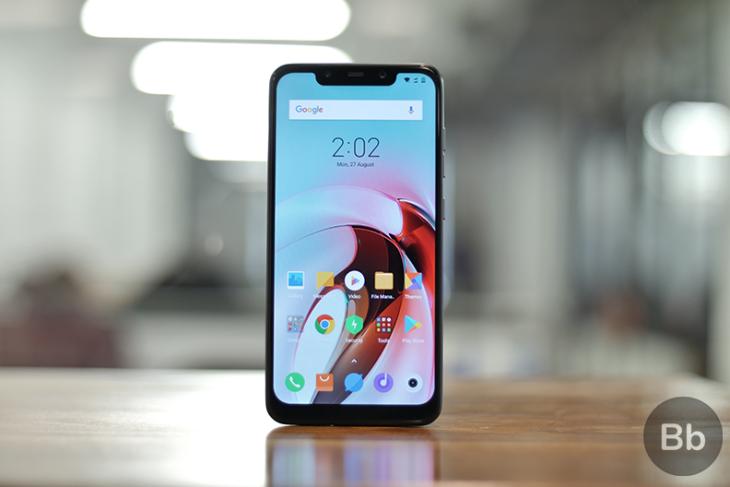
Xiaomi's sub-make Pocophone recently launched the make new Poco F1 in India with flagship grade specs for a toll that still seems impossible to digest. With that move, Xiaomi has laid its claim on the mid-range smartphone market and kicked off what can but be called the smartphone price wars.
The Indian smartphone marketplace is i of the fastest growing in the world which makes information technology specially interesting for companies looking to grow their profits multi-fold. Notwithstanding, if you lot have a shut look at the market place in the state over the last many months, you'll realise that the mid-range market in India hasn't seen a lot of competition.
Xiaomi Is Ruling the Indian Budget Smartphone Market
Xiaomi has ruled the budget market in India, and Samsung has ruled the flagship market. However, the mid-range market increasingly looked like half-hearted attempts by brands to fill the gap. At that place's not a single phone in the mid-range price bracket that's worth remembering.

Then when Asus came out with the ZenFone Max Pro M1 (starts at Rs. 10,999), it was certainly a refreshing sight. The phone brought in a Snapdragon 636, a whopping 5,000 mAh of bombardment, and some decent cameras at just Rs. ten,999 — a direct contest to the Redmi Note v Pro, which by the way starts at Rs. 14,999. Asus didn't stop at that place, however, it as well tried to steal the thunder from OnePlus with the ZenFone 5Z that boasted a Snapdragon 845 for Rs. 29,999 as compared to the Rs. 34,999 starting price of the OnePlus half-dozen.
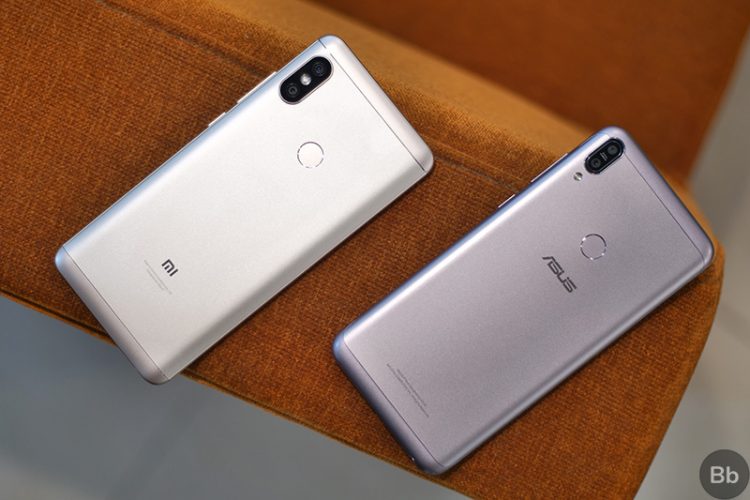
Starting time of the Smartphone Price Wars
Past now, the mid-range market was heating up, and Honor decided to spring right into the estrus of the battle with the Laurels Play that came with Huawei's flagship Kirin 970 processor for merely Rs. xix,999. I won't lie to you, at that point in fourth dimension, information technology did seem similar the Honor Play is the best performing telephone in the price range. Zip came shut… and and then, Xiaomi launched the Poco F1 — a phone that packs in a Snapdragon 845, up to 8GB of RAM, and up to 256GB storage for just Rs. 21,000; and with that, Xiaomi completely destroyed the mid-range segment.
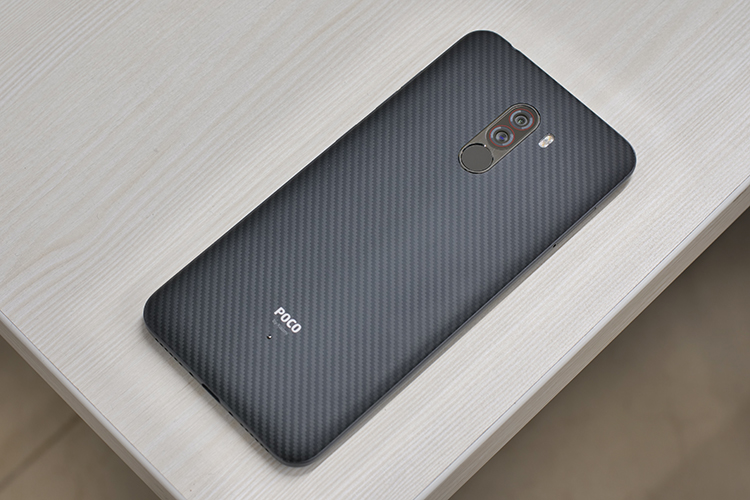
Information technology seems similar a winning move from Xiaomi in a market segment where there was non a lot of competition… information technology likewise seems like a move that'southward remarkably similar to something that happened a few years dorsum.
A Move Reminiscent of the OnePlus One
Let's take a step back into 2014, when the OnePlus One was launched. At its time, the telephone packed in flagship hardware including a Snapdragon 801, 3GB of RAM, and upward to 64GB of storage and information technology was launched at Rs. 21,999.
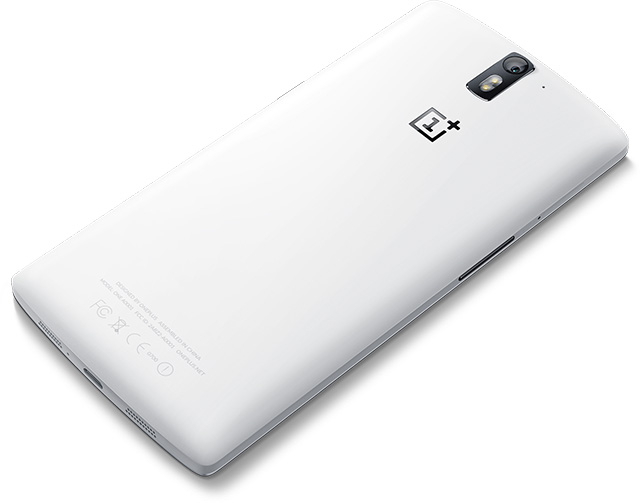
It grabbed headlines all over the world and it certainly looks like Xiaomi is using that same strategy with the Poco F1, and that means that the Poco F2 next twelvemonth volition probably come up with a better pattern, improved cameras, and the Snapdragon 855 for a couple extra thousand Rupees.
The strategy seems to be working out for the company. After the Poco F1'south starting time sale, Xiaomi claimed that it had made sales of over Rs. 200 Crore in 5 minutes. Some quick calculations on that number hateful that the company sold around xc,000 to 100,000 units of the Poco F1. Let'south compare that to the OnePlus six's sales. OnePlus claimed sales of Rs. 100 Crore in 10 minutes of its outset sale. That comes up to around 30,000 units — less than a third of the Poco F1's sales.
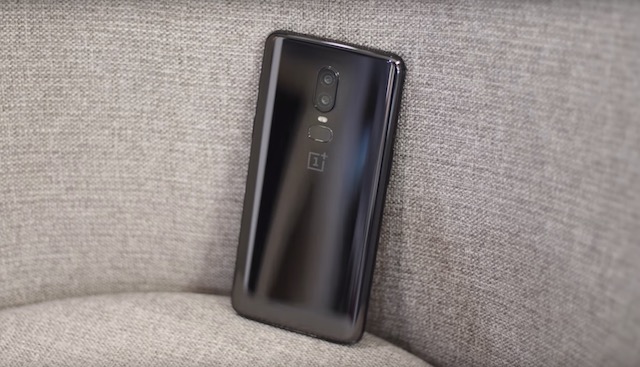
A Master Stroke from Xiaomi?
Xiaomi'south motility is a master stroke. The visitor is already owning the Indian smartphone market. According to Counterpoint Inquiry's data for the Indian smartphone market, Xiaomi and Samsung are tied for the pinnacle spot with 28% share each of the smartphone marketplace in the country. Nonetheless, looking at the way the two companies are growing, from Q2 2017 to Q2 2018, Samsung went from 23% market share to 28%, and Xiaomi went from 16% to 28% market share; clearly, Xiaomi'southward growth is incredible, and a lot of that is thanks to its concord on the budget marketplace.
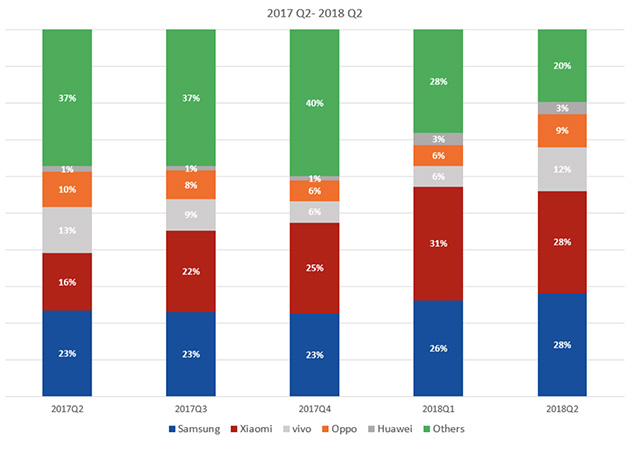
If Xiaomi is indeed following this strategy, information technology'll have the company two or three years earlier it manages to hog a meaningful clamper of the mid-range market place in India as well, and establishes itself equally the leader in the country's smartphone market.
Who Will Win the Price Wars?
All that is great, but the real winner from these smartphone price wars (as we like to phone call them) will be the consumers. After all, when Pocophone has a smartphone with a Snapdragon 845 for Rs. 21,000 other companies will have to do something to compete, and while they may non all come up out with flagship hardware touting smartphones in a similar price bracket, they'll definitely have to mark down their mid-rangers.
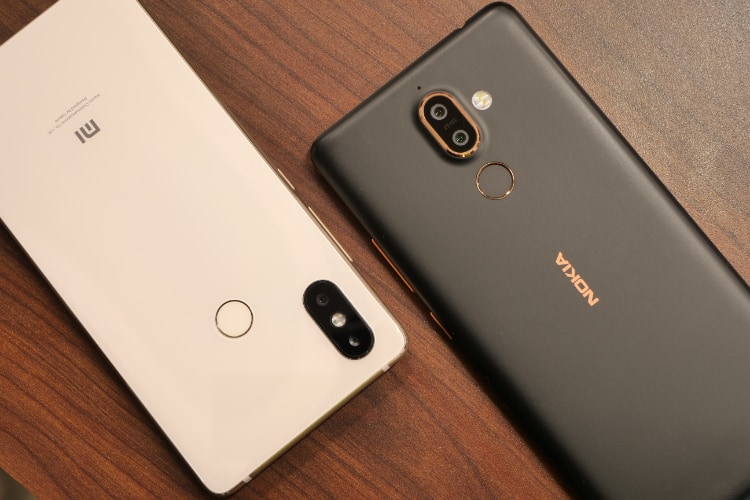
Think nigh information technology, volition anyone buy a phone in the ballpark of the Poco F1 if it has a Snapdragon 636, 660, or fifty-fifty 710? I don't recollect so, and so companies will take no selection but to reduce prices of phones with a Snapdragon 636, 660, or 710 processor. That will inevitably effect in consumers getting better hardware for a lower price.
SEE As well: Xiaomi Poco F1 Review: Flagship of the Masses!
Personally, I'm in awe of Xiaomi's move with the Poco F1. It'due south about like a checkmate to every other visitor out at that place selling phones in this toll range, and while companies like Samsung might merits to disrupt the mid-range segment in India later this year, I highly doubt they'll beat out the Poco F1, and in a few years, Xiaomi's off-shoot Pocophone might go the next OnePlus of the earth. Anyway, these smartphone price wars are definitely going to be keen for united states, every bit consumers.
Source: https://beebom.com/the-smartphone-price-war-poco-f1/
Posted by: jordanuncloyesseen68.blogspot.com


0 Response to "The Smartphone Price Wars Have Begun with the Poco F1"
Post a Comment